Garuwanga Gurad (stories that belong to Country)
Related
Browse all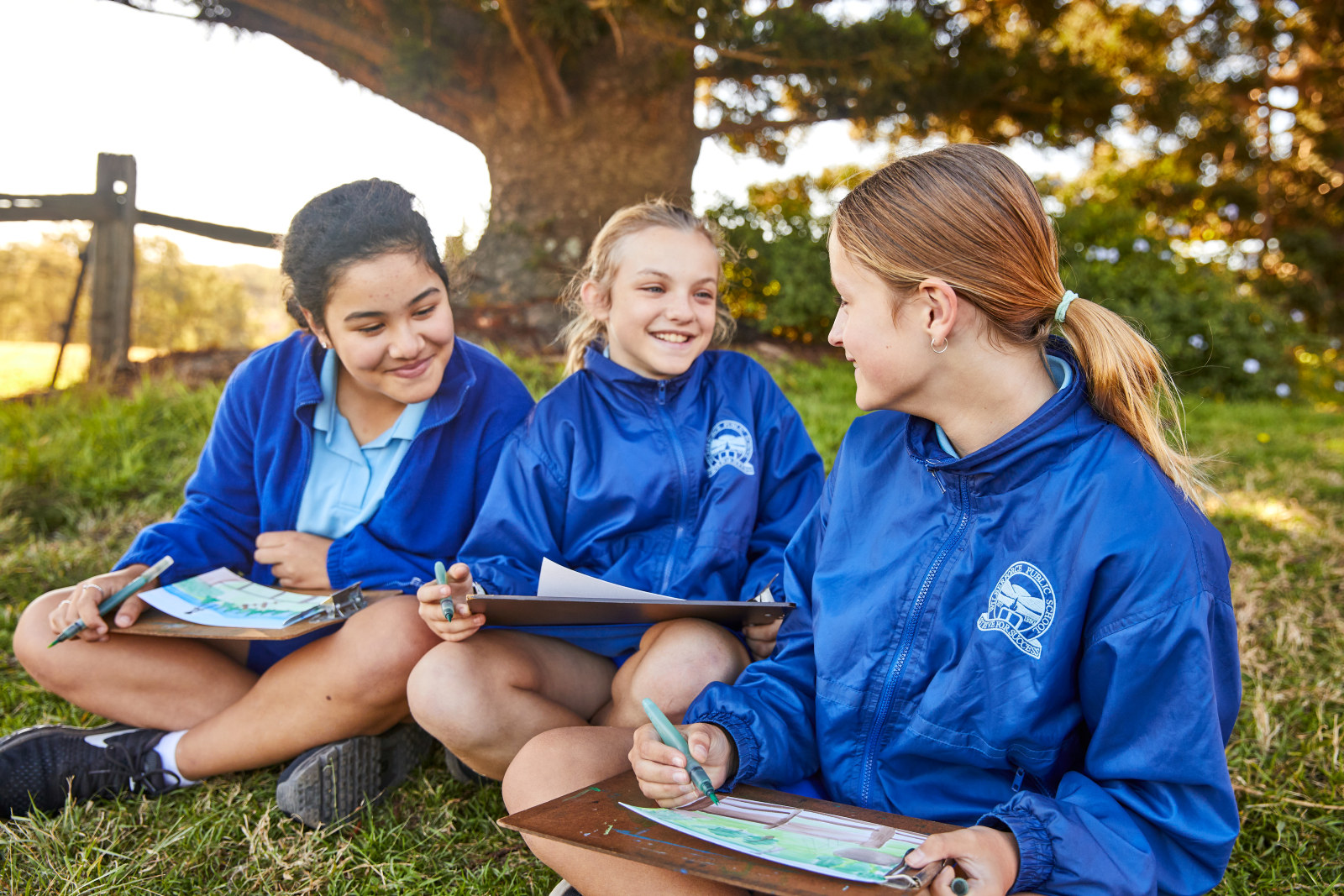
Onsite
A Colonial Eye
Students investigate the role of artists during the early colonial period and consider how they contributed to the development of the colony
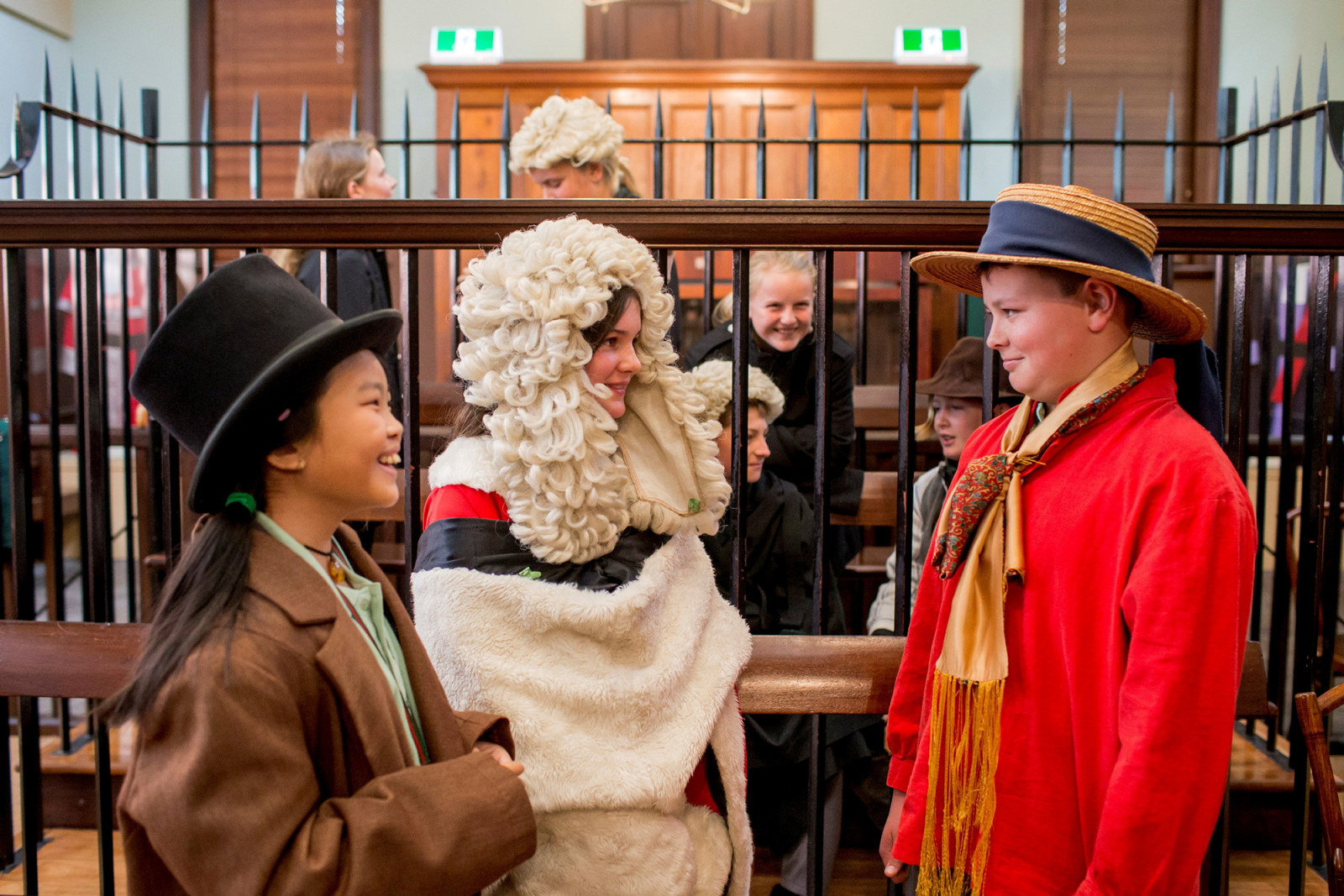
Onsite
Bailed Up!
Students explore the impact of the gold rush on law and order in the colony of NSW, and of bushrangers on the Australian identity
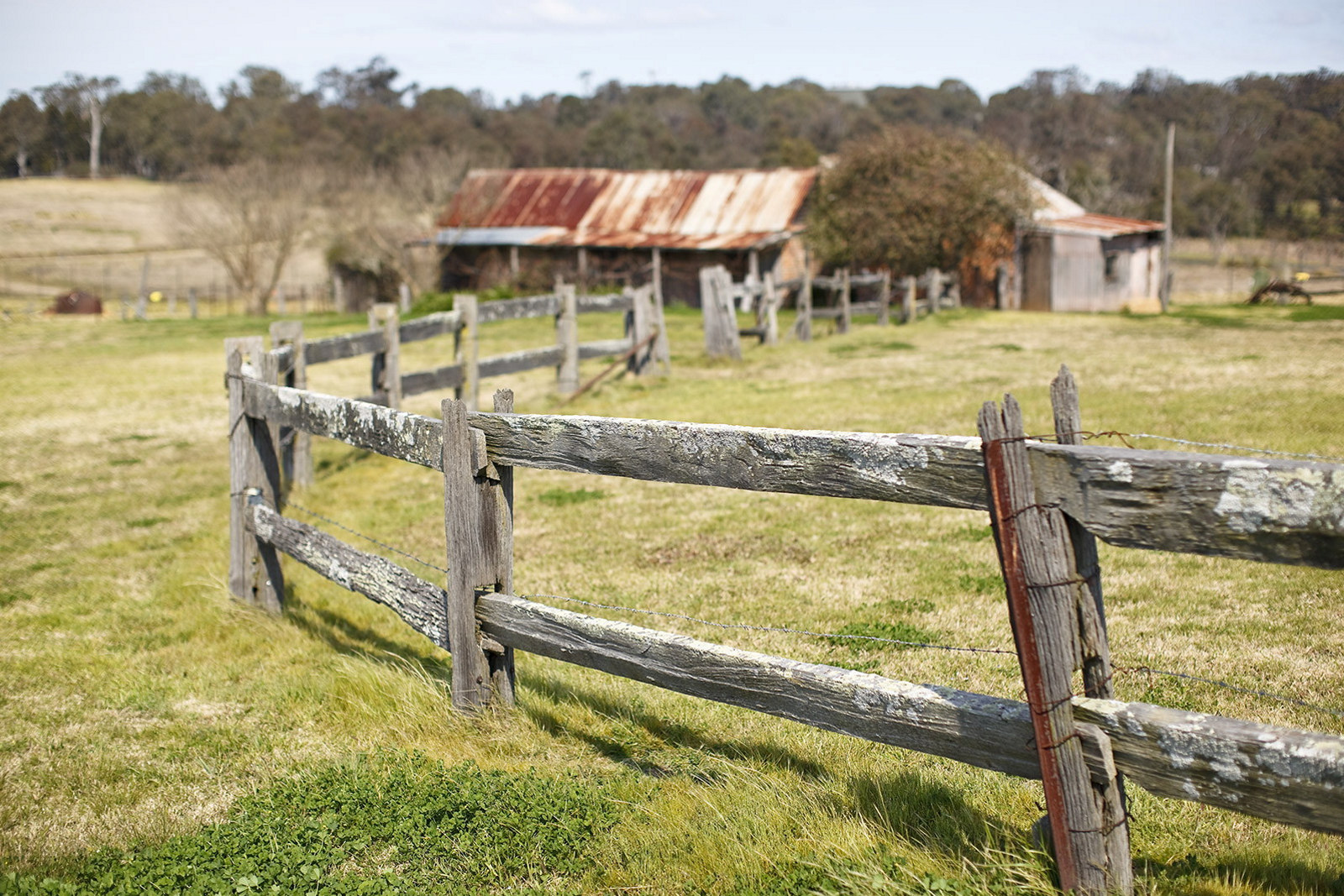
Onsite
Expanding the Colony
Students explore the former farm and examine a range of sources to learn about the expansion of NSW in the 19th century and investigate its impacts on the environment, the people of the Boorooberongal clan and the colonisers
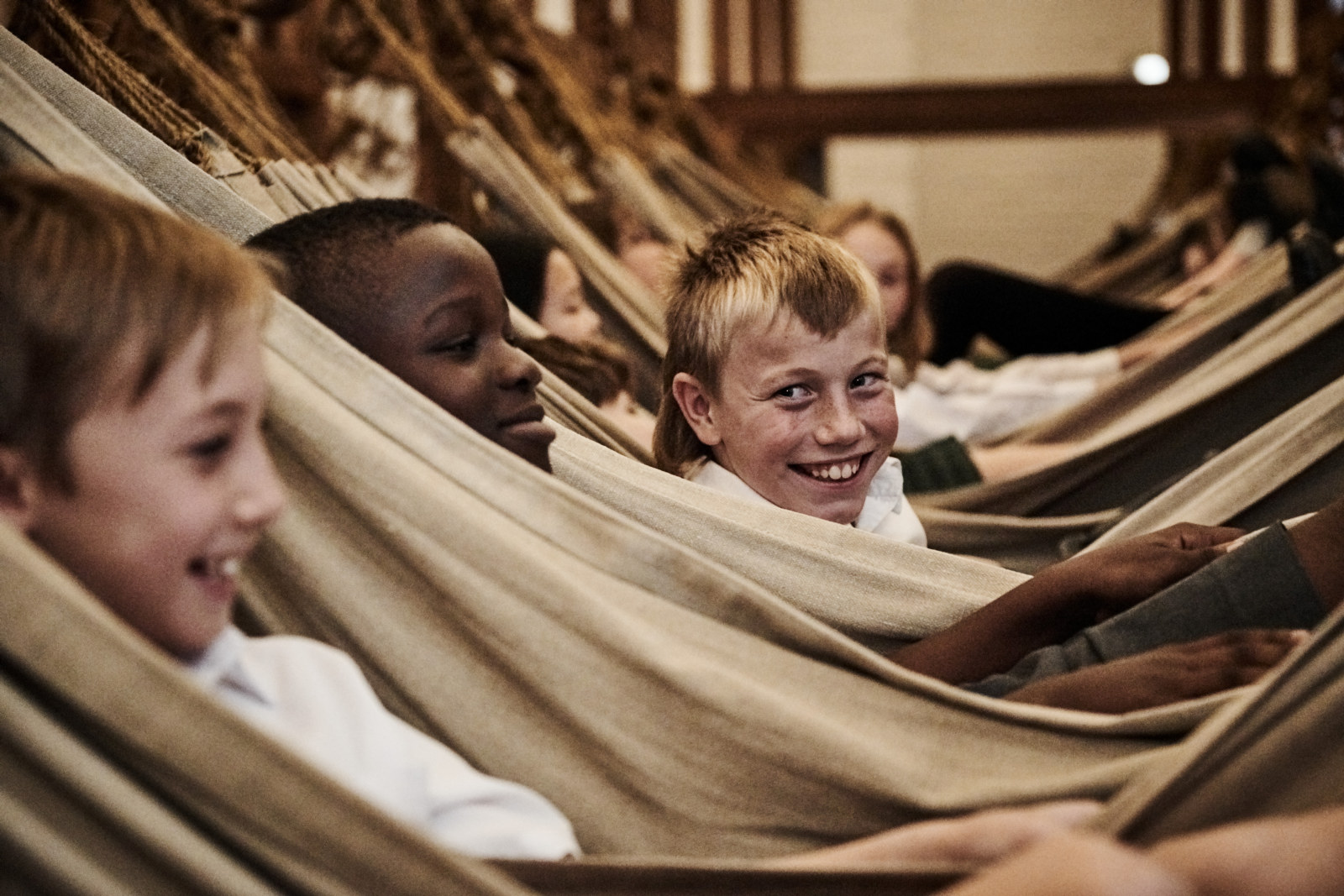
Onsite
History Adventures at the Barracks
Join us for a one-of-a-kind museum experience, where kids will discover what life was for the convicts at the Hyde Park Barracks!
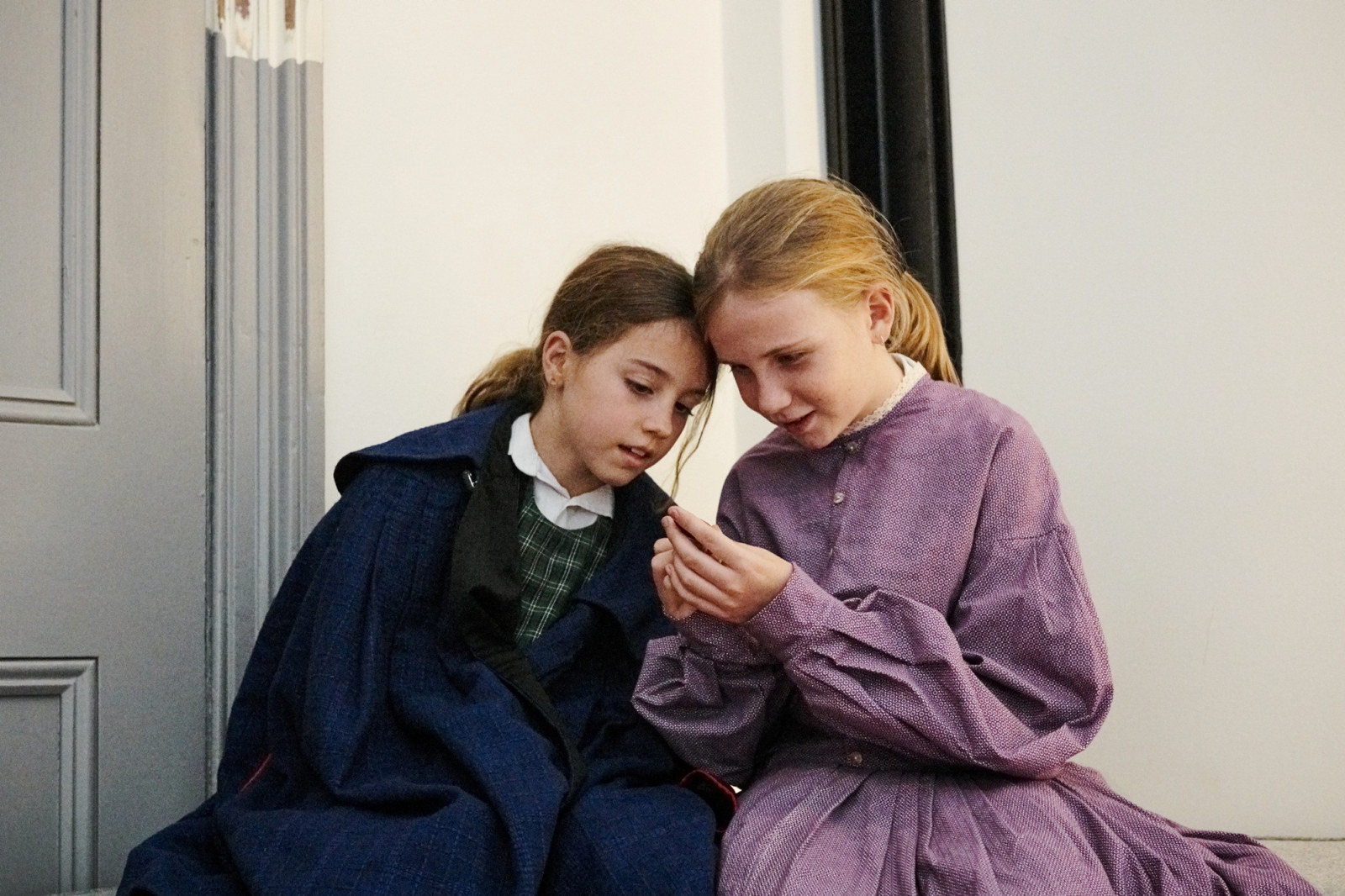
Onsite
Home: Convicts, Migrants and First Peoples
What was it like to be a convict living at the Hyde Park Barracks?
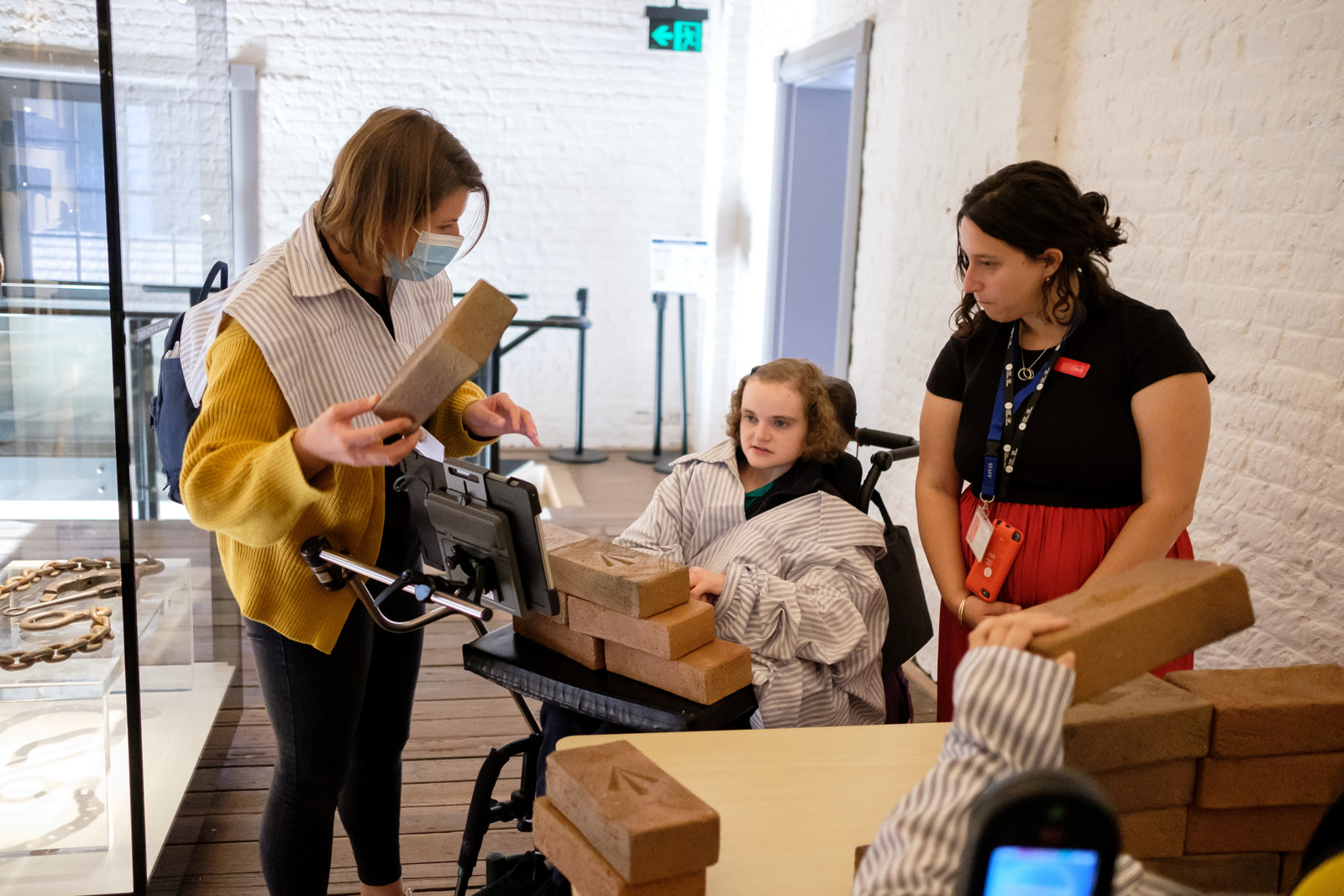
Onsite
Making Connections accessible program
Onsite program at the Hyde Park Barracks for primary and secondary school students with access requirements